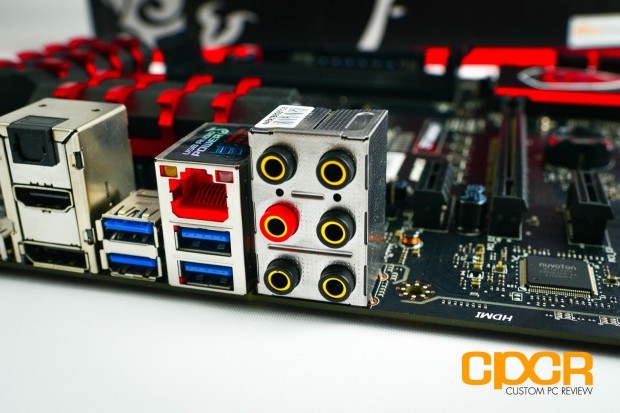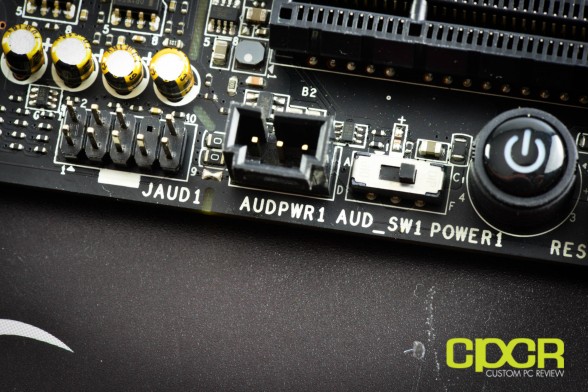

Mostly the 2 primary ones after the charging port, they are very encline to shorts due to their constant solicitations.

There are around a dozen, a lot of computers breakdowns come from a short circuit in a transistor.

These components are the power supplies of each part of the board, if one power rail is down then it can prevent the laptop from working. Locate all the coils on the board and check them for continuity to the ground.Test it with a multimeter to see if you get the +Vin (DC +19.5v) at its pins. Here are the top 5 things I always do to troubleshoot your faulty MB: They can also just check your MSI Z97 Gaming 7 and tell you what part is causing the problem, then it will be up to you to replace it if you prefer doing it yourself (a piece of advice when soldering, always use flux or rosin). They can solder and desolder parts very quickly without taking any risk for the rest of the components. If you are a total beginner in electronics better take your computer to a repair shop to avoid causing more damage to it, even if it costs you a little bit. Then you will go on and check the circuitry : coils, mosfets, capacitors, inductors, etc. It's important to proceed step by step instead of quickly replace parts like RAM or graphics chip or even the processor, first thing first check if your charger is working. Does your laptop have any issue with the disply, or the power? Start with the basics by measuring the voltage at all the measuring points showed in the repair guide, and come back with all the measures so we can help you fix your MSI Z97 Gaming 7. Depending on the problem it won't be the same approach. A 26mV overshoot is acceptable, especially with the board's target audience likely to be knowledgeable users who will spot the peak voltage level and tweak their settings accordingly.Don't jump into the repair book and chip level right away.

With a CPU VCore of 1.31V applied, the MSI Gaming 9 AC fed our 4790K with 1.336V under load. While the additional offset voltages helped stability for short periods of time, we had to increase the CPU VCore by 10mV, to 1.31V, to maintain stability at 4.7GHz. We adjusted a number of other voltage parameters including: a System Agent offset of +0.30V, +0.15V on the CPU I/O Analog voltage, and +0.20V on the CPU Digital I/O voltage level. It was clear that enabling Filter PLL was a critical function in the stability process. Our initial attempts to reach 4.7GHz resulted in consistent BSODs. We also enabled Filter PLL and set the cache ratio to 40x. To test the MSI Z97 Gaming 9 AC motherboard's CPU overclocking potential, we first increased the CPU VCore to 1.30V, Cache voltage to 1.275V, CPU Input Voltage to 1.900V, and PCH voltage to 1.10V. Nevertheless, performance purists who rely on automated overclocking will miss a speed-boosting function that competing vendors offer. That's a benefit for users wary of heat output and is one that could enhance the lifespan of a processor. MSI maintains the same 4.4GHz processor frequency that is used with MCT enabled, but the CPU core voltage is dropped to 1.20V, which peaks at 1.216V when loaded.ĭespite the identical clock speed level, MSI's OC Genie does manage to shave 40mV off the CPU's operating voltage. What does change, however, is the CPU's operating voltage. MSI uses a very conservative OC Genie profile that doesn't actually overclock our 4790K CPU. A virtual button can also be clicked in the UEFI to enable OC Genie clock speeds. We applied MSI's OC Genie automatic overclocking tool via the physical button found on the motherboard.


 0 kommentar(er)
0 kommentar(er)
